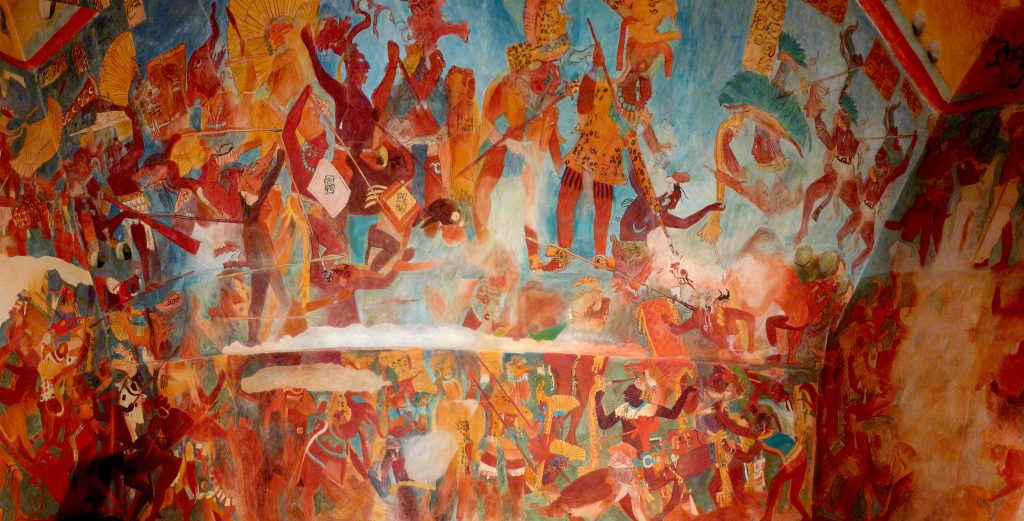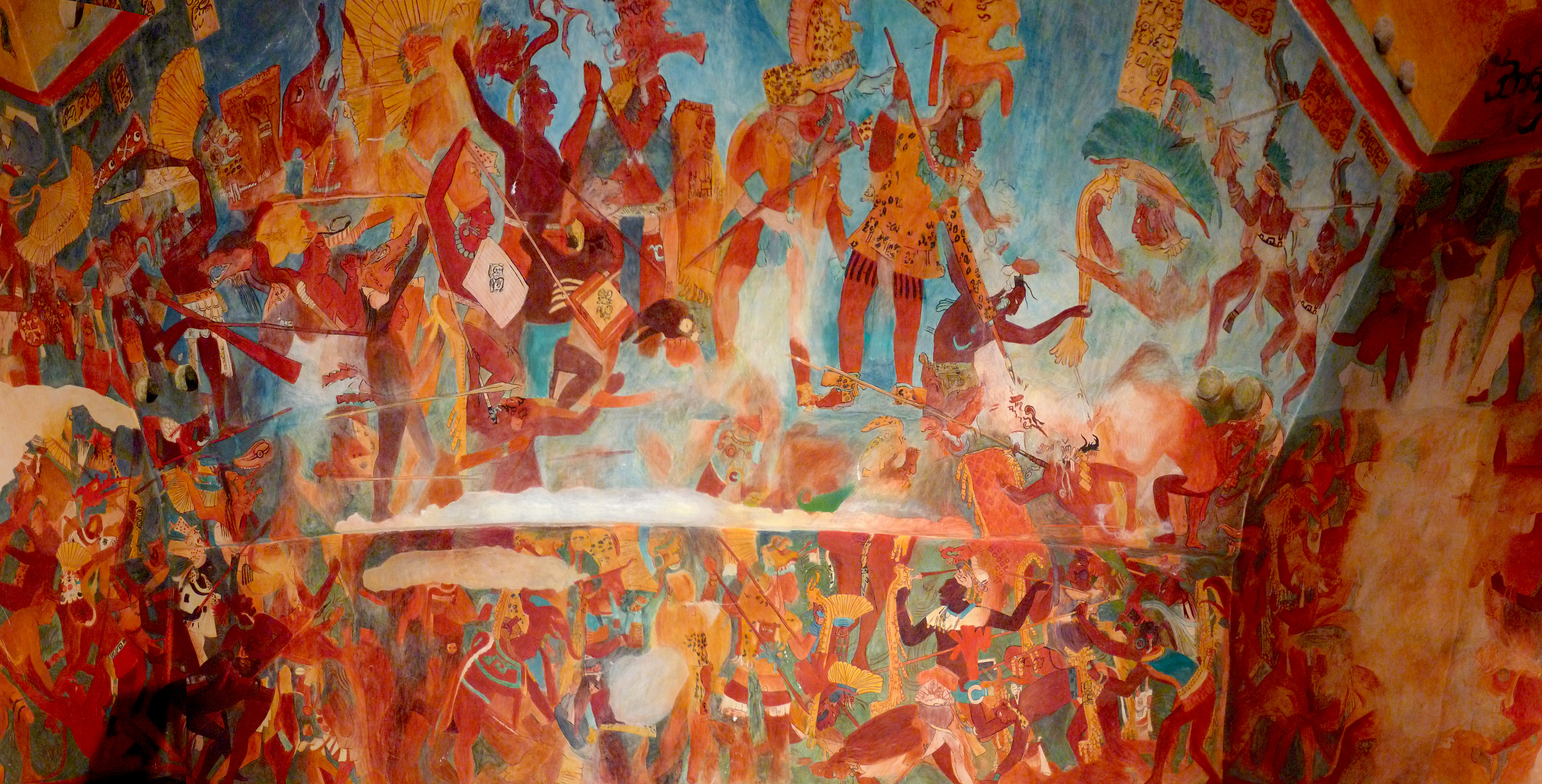
A Long-Overlooked Legacy: Bringing Indigenous Art History to the Forefront

Title: “Indigenous Identities” Exhibition Affirms Native Resilience and Revolutionizes the Art Historical Lens
Amid the glass corridors of American art institutions, a transformative narrative has emerged at the Zimmerli Art Museum in New Brunswick, New Jersey. Titled Indigenous Identities: Here, Now & Always, the show pays homage to late artist and curator Jaune Quick-to-See Smith’s enduring legacy. With its sweeping visual range and poignant criticality, the exhibit offers more than a lens into Indigenous aesthetics — it reconstructs the very framework through which Native art is seen, shifting it from objectified artifact to living mirror of a complex, ongoing history.
Spanning more than 100 artworks by 97 Indigenous artists, Indigenous Identities is both a celebration of cultural continuity and a searing inquiry into the legacy of settler colonialism. Quick-to-See Smith, who passed away just before the show’s opening, assembled an exhibitional blueprint that challenges extractive narratives and historically distorted representations of Native communities.
A Circular Worldview
Central to the exhibit is a departure from Western linear temporality. Rather than positioning Indigenous cultures as frozen in the “past,” the exhibition embraces a cyclical worldview — one that intertwines earth, spirit, ancestry, and futurity. This perspective permeates both the aesthetics and intent of the artworks on display.
Norman Akers’s painting, Drowning Elk (2020), for example, centers an elk surrounded by a sea of crushed plastic bottles. The sacred animal is haloed like a saint, a quiet martyr hovering between land and consumption. It acts both as an emblem of ecological catastrophe and cultural endurance. The painting serves as a metaphor not only for environmental desecration but also for the ways in which Native symbols are commodified, degraded, and yet still persist.
New Monuments for Untold Histories
Marie Watt’s Skywalker/Skyscraper Twins (2020) melds industrial steel beams with sacred wool blankets, referencing the contributions of Mohawk ironworkers in constructing New York City’s skyline. The juxtaposition is stark, even brutal — the very beams built by Native hands also pierce their traditions. It brings to light a cruel irony: Native labor became foundational to American progress, even as Indigenous people continued to be excluded and erased from national narratives.
Similarly, RYAN! Fedderson’s Bison Stack Crane (2018) is a metal sculpture that amplifies the ecological violence tied to economic growth. A bison skull, symbolic of the animal slaughtered to cripple Plains tribes, is shown falling from a crane onto a heap of money. It implicates capitalism itself in the perpetuation of genocide and underscores the macabre ways in which colonial economies have historically profited from Indigenous destruction.
The archival hauntings continue in Bently Spang’s War Shirt #3 – The Great Divide (2006), where a Plains war shirt becomes a synthetic terrain, visually fusing Native resistance with the landscapes over which they fought. It signals a refusal to separate garment, land, and body — all of which were battlegrounds of identity.
Spirituality Reimagined
While Indigenous spirituality is a recurrent motif in modern Native art, the exhibition navigates its expression with nuance. Terran Last Gun’s Nearing the Sky Beings Lodge (2021) uses tribal enrollment rolls and celestial symbology to convey transcendent connections between humans and cosmos, repositioning bureaucratic documents as gateways to sacred histories.
Tony Abeyta’s Dispersion (2018), meanwhile, is tamped with constraint. Though composed in earthy tones and spiritual motifs, it feels subdued — a meditation weighed more by form and tradition than the embrace of transformation.
Wendy Red Star and Sarah Sense take a sharp approach to spiritual content, overlaying historical photographs and symbols onto contemporary media. Red Star’s Dust (2020) operates like a metaphysical indictment of colonial power structures, pulling visual cues from both Crow culture and Western religious symbology to indict the contradictory moralities of settler imposition.
Humor and Juxtaposition
Indigenous Identities also recognizes the role of levity in navigating the traumas of history. Julie Buffalohead’s The Great Divide (2008) stages a surreal, pastoral tableau where anthropomorphic animals meet suburban Americana. It whimsically critiques the myth of a harmonious settler nation while alluding to the absurdity of assimilationist ideals.
Raven Halfmoon’s towering stoneware sculpture E-a’-ti-ti (2021) evokes Mount Rushmore but inverts its narrative. Masks of Native faces support classical white male busts, color-washed with red and white glazes — a ceramic testament to how U.S. power was built atop Indigenous sacrifice. Its grotesque elegance ridicules the nation’s civic myths and centers Indigenous identity as the foundation rather than the footnote of American history.
A Living Archive
The success of Indigenous Identities lies in its active engagement with what the Western world often